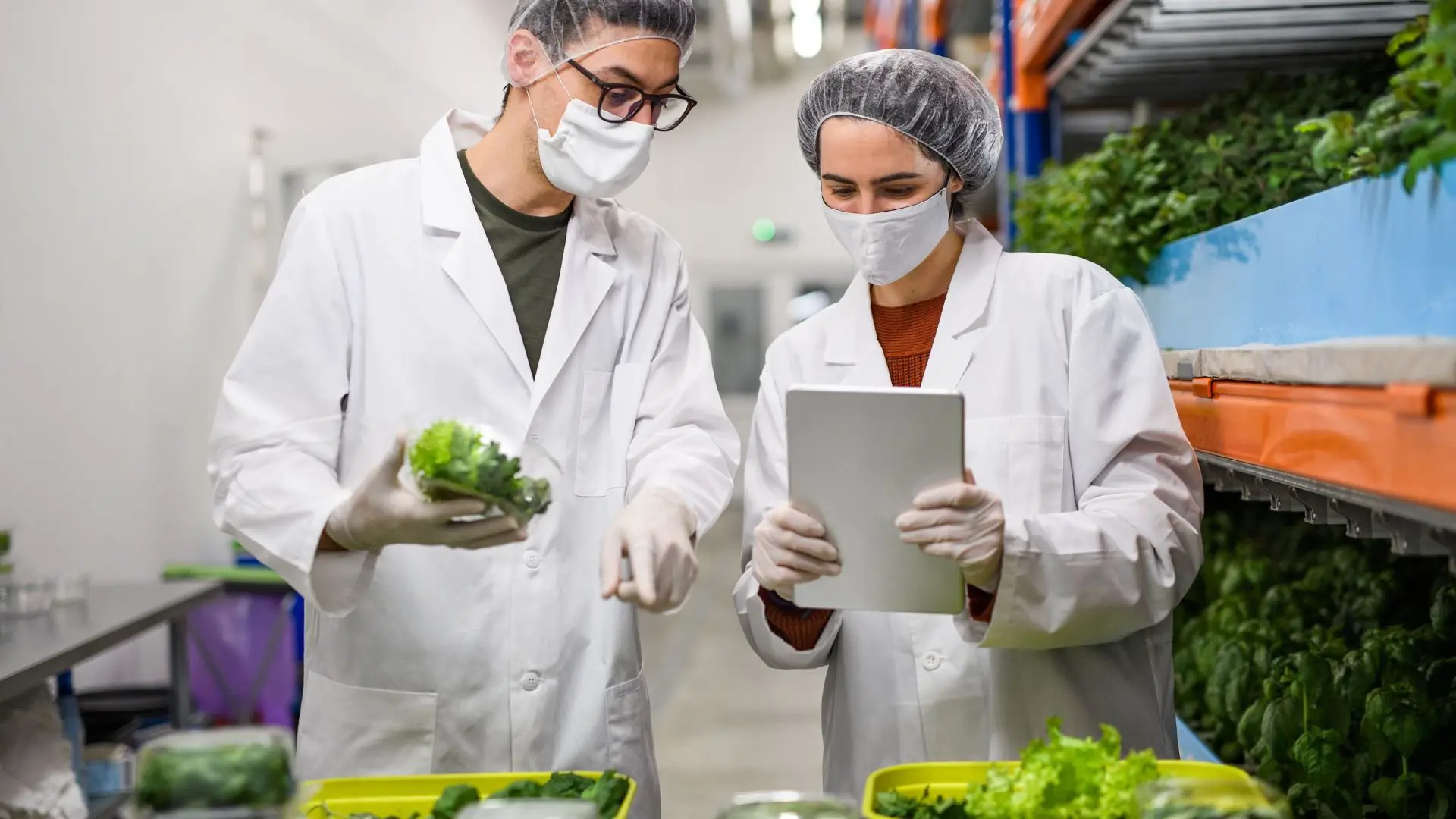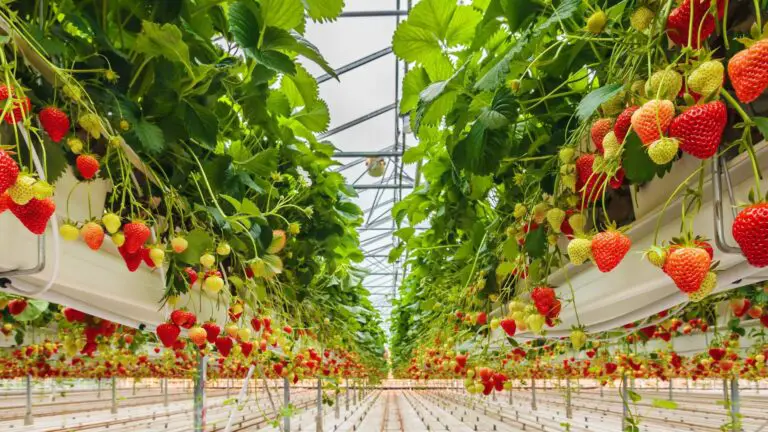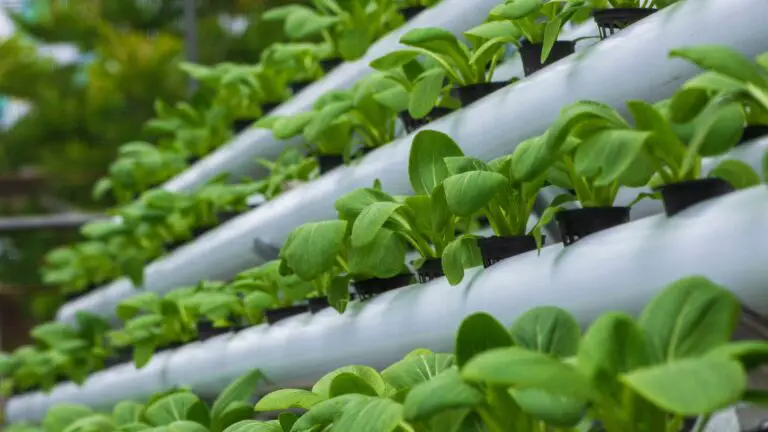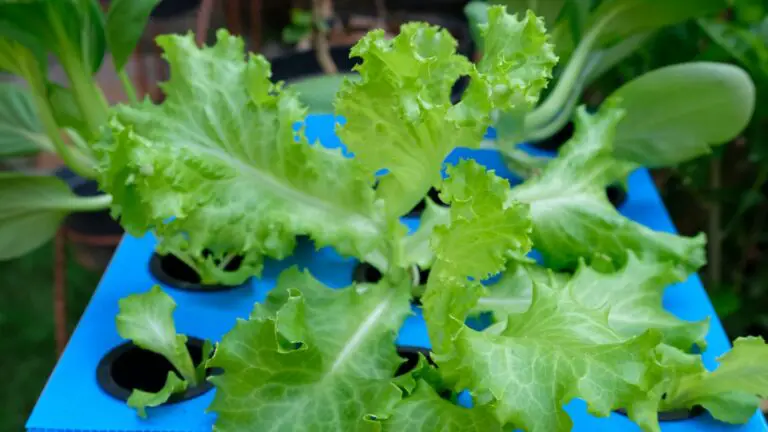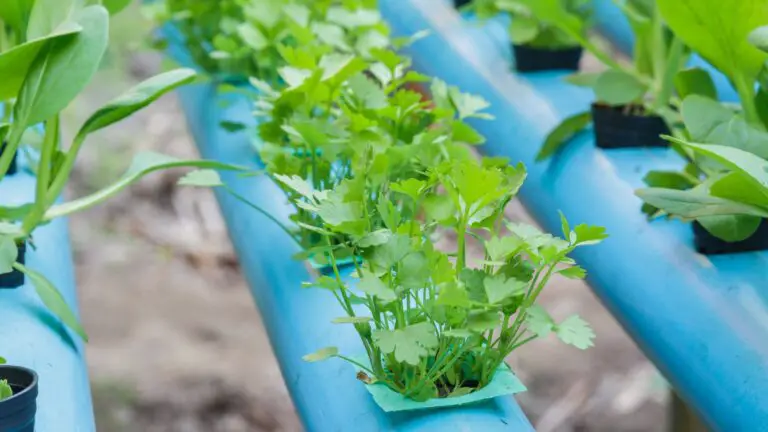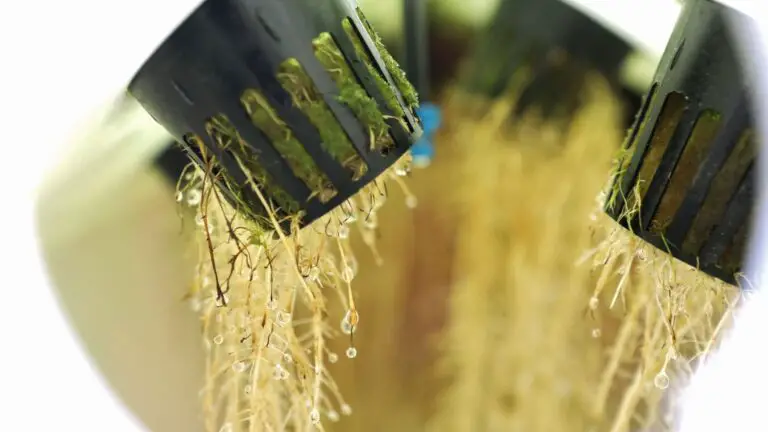Hydroponics vs. Aquaponics: A Comparative Analysis
Disclosure: Your purchases through our links may earn us a small commission, supporting our site’s ability to provide valuable information to our readers. Rest assured, it won’t impact your price. Thank you for your support.
Today we are diving deep into the fascinating world of alternative agriculture. We are comparing two innovative farming methods: Hydroponics and Aquaponics. They both have the potential to revolutionize how we produce food, especially in urban or resource-limited environments. But what are they exactly, and how do they stack up against each other? Let’s break it down.
What is Hydroponics?
Plants can be grown without using soil through a technique called hydroponics. This method involves placing the roots of the plants in a solution rich in nutrients or in a growing medium such as perlite or clay pebbles.
This method provides the plants with the essential nutrients they need for growth directly, without needing soil.
What is Aquaponics?
Aquaponics combines aquaculture (raising aquatic animals such as fish, snails, or prawns in tanks) and hydroponics.
In aquaponics, the waste produced by aquatic animals is broken down by bacteria into nitrates, which are used by plants as nutrients. This creates a symbiotic relationship: the plants get their nutrients from the aquatic animals’ waste, while the water is filtered by the plants, providing a clean environment for the animals.
Hydroponics vs. Aquaponics: A Comparative Analysis
Efficiency
Hydroponics systems are incredibly water-efficient. Because they’re a closed-loop system, they use up to 90% less water than traditional agriculture. This system offers better efficiency when it comes to water usage, as the plants can easily absorb the nutrients directly from the water. Moreover, hydroponic systems prevent water loss through evaporation and require less frequent replenishment than traditional soil-based farming.
However, they rely on nutrient solutions that have to be carefully managed and replenished.
On the other hand, Aquaponics systems combine the principles of hydroponics with aquaculture (the cultivation of fish or other aquatic species). Aquaponics is also water-efficient and offers a closed-loop, symbiotic system where fish waste serves as a natural source of nutrients for the plants while the plants clean the water for the fish. Aquaponics offers a more sustainable and energy-efficient system than hydroponics, requiring no artificial nutrient inputs and recycling water between fish tanks and plant beds.
However, aquaponics systems are more complex to manage because they require balancing the needs of both plants and animals.
Setup and Maintenance Costs
Hydroponics systems can be cheaper and simpler to set up than aquaponics systems. They don’t require as many components, and the cost of the nutrient solution is typically less than the cost of purchasing and caring for aquatic animals.
But without comparing, the initial costs of setting up a hydroponics system can be high, depending on the scale and complexity of the system. The necessary equipment includes water pumps, nutrient reservoirs, aeration devices, and plumbing. However, once established, the ongoing maintenance costs for hydroponic systems can be relatively low, as the water and nutrient costs are significantly less than traditional soil-based farming.
However, Aquaponics systems, while more expensive to set up initially due to the need for additional aquaculture components like fish tanks, biofilters, and a more comprehensive monitoring system. However, it can save you money in the long run since artificial nutrient solutions are eliminated as the fish or other aquatic animals produce the nutrients that the plants need. So you don’t have to buy nutrient solutions. Plus, you get the added benefit of producing your own source of protein.
Additionally, selling fish or other aquatic species harvested from the aquaponics setup can provide supplementary income, helping to offset the initial costs.
Environmental Impact
Both hydroponics and aquaponics boast a lower environmental impact when compared to traditional soil-based farming due to their high water efficiency.
Hydroponic systems promote water conservation due to their closed-loop design and minimize the potential for nutrient runoff into nearby water sources.
However, the inorganic nutrient solution used in Hydroponics often contains mineral salts that can harm the environment if not disposed of properly.
Aquaponics has a slight edge in this area because it produces less waste. It offers a more sustainable, environmentally friendly approach, combining plant cultivation with fish farming, creating a mutually beneficial relationship. This system eliminates the need for artificial nutrient inputs. It reduces waste by recycling fish waste as a natural source of nutrients for the plants, meaning less pollution and fewer resources required overall.
However, care must be taken to sustainably source fish and prevent diseases that could impact the system’s balance.
Related:
9 Useful Tips to Create a Sustainable Hydroponics for Long Term Success
Running Hydroponics with Renewable Energy
How Can Hydroponic Farming Revolutionize Coastal Agriculture?
Productivity
Both systems have high productivity because they provide optimal growing conditions for plants.
Hydroponics allows for faster plant growth, efficient nutrient absorption, and higher yields than traditional soil-based farming. Hydroponics also permits precise control over environmental conditions (temperature, humidity, nutrient levels), optimizing plant growth and health.
However, Aquaponics systems may have a slight advantage here because the waste from fish provides a broader range of nutrients, leading to healthier, more robust plants. Though the aquaponic plant growth rates are typically slower than hydroponic systems due to the reliance on natural fish waste for nutrients, the aquaponics setup can produce both plants and fish, providing a much higher yield than hydroponics alone.
Learning Curve
Hydroponics is generally easier to learn and manage as it focuses solely on plant growth. It’s a great entry point for beginners in soilless farming.
However, aquaponics has a steeper learning curve due to the need to understand and manage plant and fish health. But once understood, it can be a great way to take advantage of the symbiotic relationship between plants and fish.
Final Thoughts
In conclusion, both hydroponics and aquaponics offer a range of benefits compared to traditional soil-based farming. The choice between them will ultimately depend on your budget, desired yield, learning curve, and environmental impact. While both methods offer efficient water usage, lower environmental impacts, and the potential for high yields – one may have initial setup costs that are higher than the other. So it’s worth investigating both options before making a decision.
Additionally, hydroponics allows for more precise control over environmental conditions and faster plant growth, while aquaponics can produce both plants and fish, resulting in higher yields overall.
Regardless of the system chosen, soilless farming can be a great way to produce a wide variety of crops with fewer resources and less environmental impact.
Each system has its advantages and disadvantages that must be considered before making a decision. Ultimately, the choice between Hydroponics and Aquaponics depends on individual needs and preferences.
Also, it’s essential to research and understand your goals before committing to either setup.
Appropriate maintenance and monitoring are crucial regardless of the system chosen to achieve maximum productivity. Regularly checking the water quality, nutrients, and pH can help ensure optimal plant health and performance in either Hydroponics or Aquaponics systems.
Also, proper filtration is critical for keeping fish healthy in an aquaponics setup. Lastly, proper cleaning and sanitization of the equipment are necessary for reducing the risk of pests and diseases in both systems.
By acquiring appropriate knowledge and resources and being proactive, soilless farming can be incredibly productive and sustainable in producing various crops.
Thank you for reading!
Also, read:
Coco Peat vs Coco Coir: What’s the Difference?
Passive vs. Active Hydroponic Systems: What’s the Difference?
Grow Light vs. Sunlight: Which is the Best Option for Your Garden?

